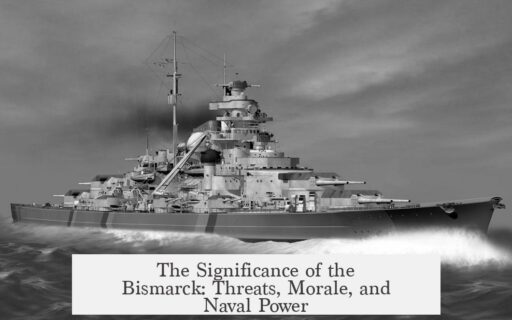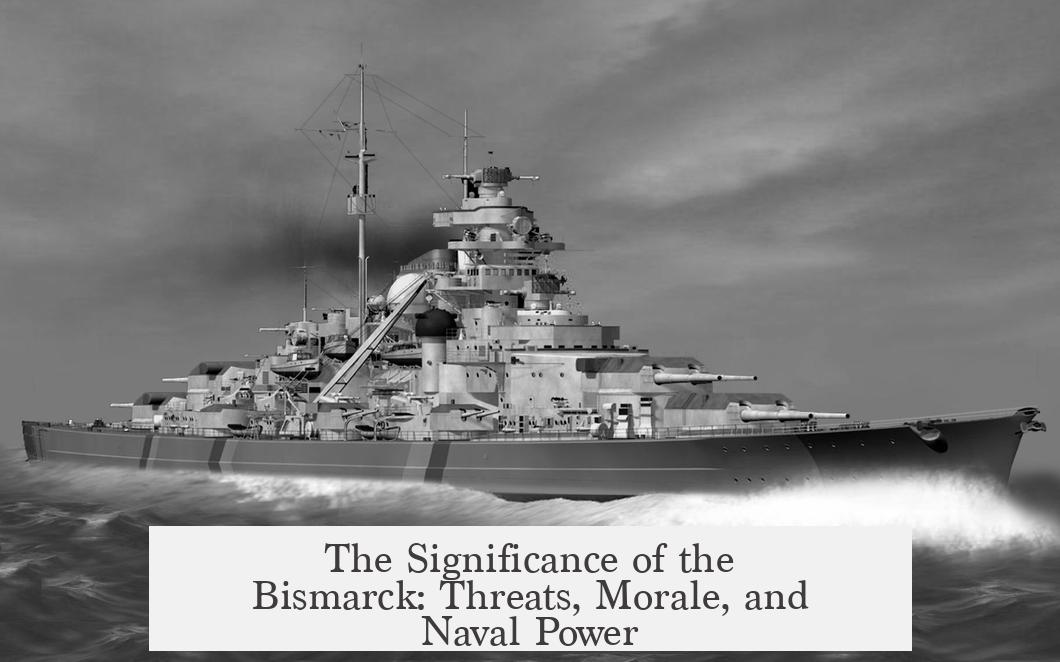The Bismarck was a big deal because it posed a significant threat to British naval dominance and supply lines during World War II. It combined long-range capability, powerful armament, and strategic potential to disrupt critical Atlantic convoys that kept Britain supplied from the United States. This threat demanded considerable Allied resources to counter it.

The Bismarck’s presence endangered Britain’s lifeline across the Atlantic. Its long range allowed deep ocean raiding missions targeting merchant vessels. Though its armament was not uniquely superior, the ship’s power and operational reach made it capable of causing major disruption at a pivotal moment. Losing supply convoys could weaken Britain’s war effort severely.
The ship also had an important psychological impact. Britain prided itself on having the world’s best navy. The idea of a German battleship rampaging along vital shipping routes affected morale and propaganda efforts heavily. Controlling the narrative was crucial in wartime, making the Bismarck a symbol beyond its physical capabilities.

Politically and symbolically, the Bismarck represented German naval strength. It outclassed most British and American warships of the time. Sinking the Bismarck carried strong symbolic weight, showing that the Allies could overcome German naval advances and maintain control of the seas.
Strategically, the Bismarck challenged the idea of naval supremacy. There was concern it could control large ocean areas, deny naval access through the English Channel, and even threaten English coastal targets and harbors by swift attacks. Such control would complicate potential Allied invasion plans and disrupt regional security.
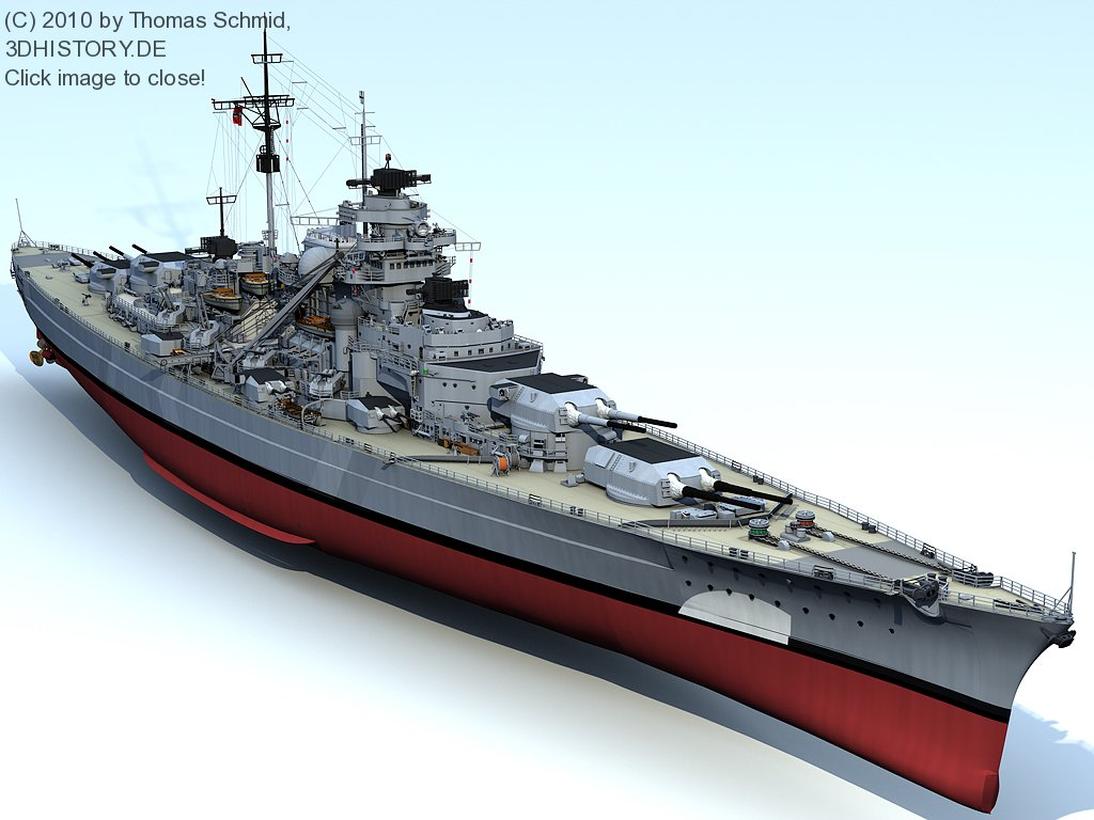
Destroying the Bismarck required a well-coordinated and massive effort. It was not a target for a single cruiser or small fleet to handle. Instead, the Allies assembled combined forces including battleships, cruisers, destroyers, and air support to locate and sink it. The complexity of this operation emphasized the Bismarck’s significance.
- Threatened Atlantic supply convoys critical to Britain’s war survival
- Psychological impact on British morale and propaganda
- Symbol of German naval power and technological prowess
- Potential to control seas, limit Allied movements, and attack English shores
- Required coordinated Allied naval efforts for destruction
Why Was the Bismarck Such a Big Deal?
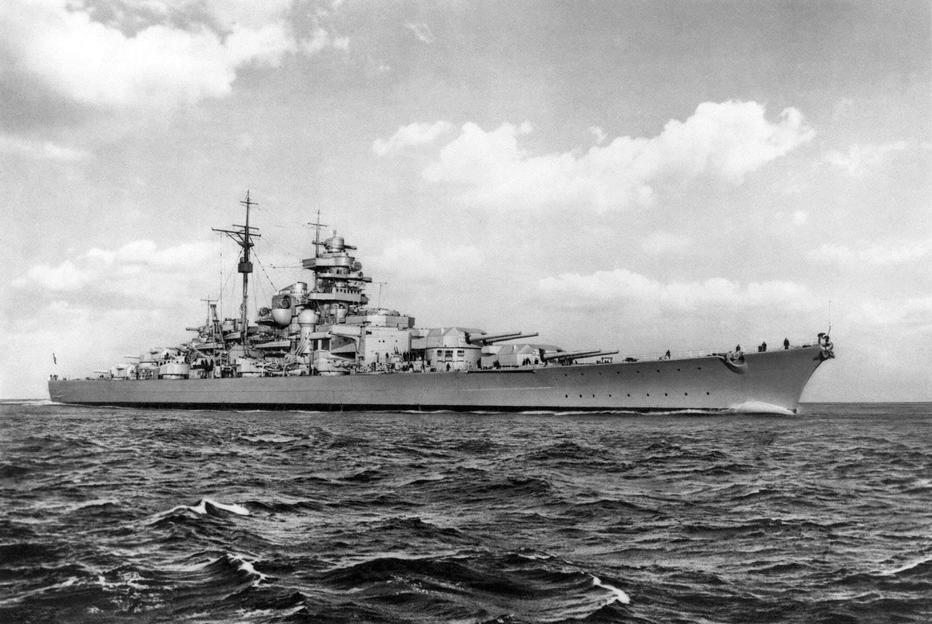
The Bismarck was *THE* thorn in the British navy’s side during World War II. It wasn’t just a battleship; it was a floating fortress with the power to mess up Britain’s supply chain and morale. At a time when Britain heavily depended on shipments from across the Atlantic, the Bismarck posed an ominous threat. Let’s dive deeper into why this massive German warship captured so much attention and fear.
A Real Threat to British Supply Lines

Picture this: in the early 1940s, Britain stood on the edge—almost completely reliant on supplies from the United States. Food, weapons, fuel, you name it. The Bismarck had the range and firepower to swoop down on those vital convoys like a shark in the ocean.
Okay, so its armament wasn’t the absolute best. But that wasn’t the point. The Bismarck could disrupt the flow of supplies when Britain could least afford it. Even a single successful raid by this battleship could delay or destroy critical materials, tilting the odds in Germany’s favor. So the British couldn’t just shrug it off as another ship in the water—they knew the Bismarck’s mere presence was a danger.
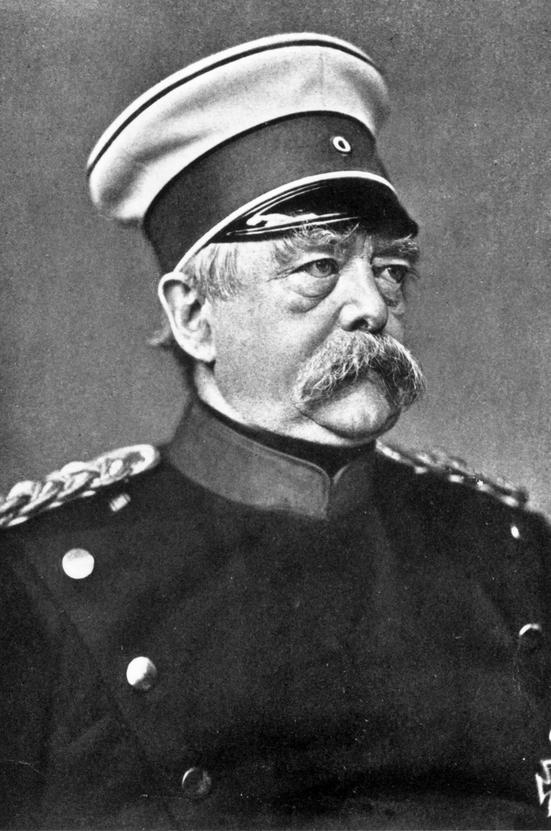
The Power of Morale and Propaganda
The story behind the Bismarck goes beyond steel and guns. Ever wondered why countries go nuts over one single enemy battleship? Because wars aren’t only battles on the field—they’re battles of the mind.
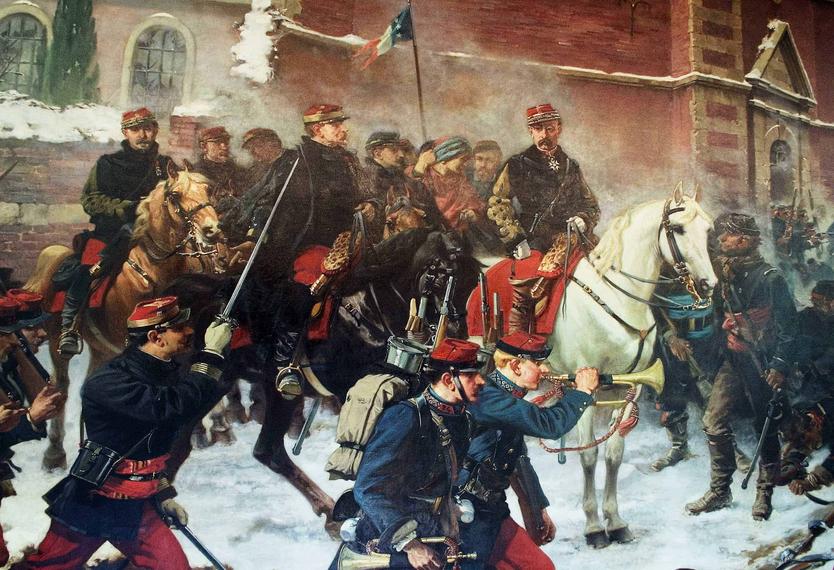
The British Crown believed it had the best navy in the world. Then along comes the Bismarck, penetrating those beliefs like a dagger. The idea that a German battleship could roam the Atlantic wreaking havoc was a huge psychological blow. Propaganda machines on both sides understood its importance: sinking the Bismarck would be a major victory to showcase British naval might and morale. So it wasn’t just about sinking a ship; it was about sinking hope for the enemy and rallying your own troops and citizens.
A Symbol of German Naval Superiority
The Bismarck wasn’t simply a military asset; it was a *symbol.* In the tense European theater, where control of seas equated to political power, the Bismarck represented Germany’s claim to naval dominance.
Although it outclassed most contemporary British and American ships, its political weight eclipsed even its strategic power. Seen as a flagship of German engineering and aggression, its existence alone was a big deal. That’s why sinking it carried political victory and prestige, not just a strategic win in battle.
Could It Control the Seas and Halt Invasion?
Here’s a wild thought: Many believed the Bismarck gave Germany the means not just to disrupt supply lines but to rule the ocean temporarily. The English Channel, a critical naval gateway, seemed vulnerable with the Bismarck patrolling nearby. This battleship’s power hinted that it could block Allied naval access or even destroy English harbors by sailing up, causing destruction, then disappearing before retaliation.
Imagine the fear that pumped through the British Admiralty—if the Bismarck controlled the seas, could it stop an invasion? Could it force Britain into submission by choking off naval routes? Even if this seemed far-fetched, the potential alone made the Bismarck a terrifying force.
A Beast That Needed An Army to Tame
Now, the Bismarck wasn’t just a solo act—it had a whole entourage. It sailed with another powerful ship of its class, supported by supply ships, cruisers, and destroyers. This fleet was a fortress at sea, a challenge no random British cruiser could face alone.
Defeating the Bismarck called for precision, planning, and combined naval strength. The Royal Navy had to bring together all resources: aircraft carriers, battleships, cruisers, and even submarines participated in the chase. It wasn’t just about sinking a single ship; it was about dismantling an entire threat. This collaborative effort showed how seriously the British took this menace.
What Can We Learn from the Bismarck’s Story?
The Bismarck’s saga teaches us more than just naval history. It highlights how one technological marvel can shake entire nations. It underscores the role of morale in war. And it emphasizes that sometimes, a ship can be a political symbol, a psychological weapon, and a strategic challenge all at once.
For naval strategists, the Bismarck remains a case study in threat assessment and coalition warfare. For history buffs, it’s a thrilling tale of cat-and-mouse on the high seas.
Next time someone asks, “Why was the Bismarck such a big deal?” you can tell them it was because it wasn’t just a ship—it was a game-changer. A floating fortress that threatened vital supply routes, shattered morale, symbolized power, and demanded the combined might of the Allied navies to stop it.
And just maybe, it reminds us that sometimes the largest battleships aren’t sunk by firepower alone—but by the power of unity, determination, and a good dose of persistence.
